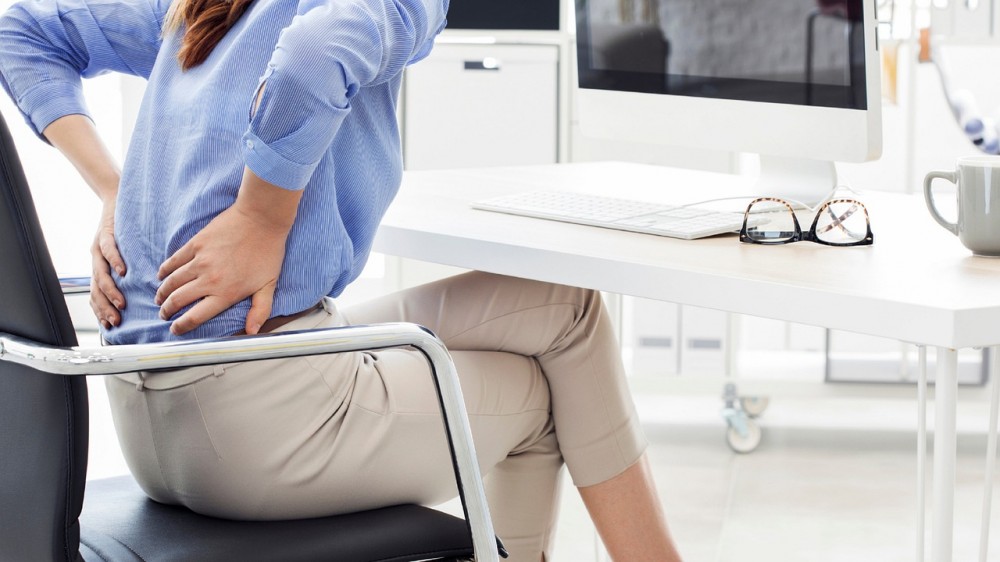Blog
Book your appointment with ChiroProActive online Book Chiropractor
Back pain
For many people an episode of backpain can be a short-lived thing associated with a known activity that was pushed a bit too far, such as a bit of heavier gardening, an exercise in the gym, simply getting up from a chair or bending awkwardly, the list goes on. So long as the event was not severe and a gradual return to full and varied activities is achieved it can be a stand-alone event. However, evidence supports that having had an episode of backpain in the past does increase the risk of future episodes.
The frequency (how often) and severity (how painful) of episodes mean that back pain is a big and common problem for many individuals and society as a whole. This is not because it is immediately dangerous but because of the reduction in quality of life and work capacity that it is associated with.
Back pain is a large and complex area and so can be categorised. Categories can be mechanical, non-specific, congenital, viscerosomatic, pathologic, traumatic, psychosomatic. The vast majority is mechanical, which broadly means that it is a physical movement related problem.
The point of an initial consultation is to triage, or to establish whether it is likely that the back pain episode is anything other than mechanical. If back pain is one of the other categories there will usually be telltale signs, such as redness and fever, pain not associated with movement, known disease elsewhere in the body or lack of response to appropriate treatments. Traumatic tends to be after a major event such as a car crash, fall or lifting something far heavier than the body is capable of. Viscerosomatic means referral from a deeper organ, good examples being gallstones referring to the back and right shoulder, heart attack referring to the left shoulder and arm, or cyclical back pain with the menstrual cycle. Finally congenital refers to issues that have been present since birth such as hip dysplasia where one hip is a poorer fit in the socket leading to earlier wear and tear changes and compensations.
If we have established as with most cases, that the problem does appear to be mechanical, the remainder of the initial consult is to establish a more specific impression so that the treatment can be most effective.
While we can describe pain in terms of the particular structures involved, we also need to be able to describe why. Many times, back pain can be the result of fatigue through prolonged postures or repetitive movements, so while treatment may be applied to the low back which gives short term relief, unless the identified prolonged posture as a habit, and the training to develop capacity are also addressed then we will be hard pushed to see a lasting benefit.
Other common factors are fatigue weakness and stiffness in the hip muscles or mid-back leading to excess and unbalanced load being placed on the low back. In such cases, unless the primary issue is addressed then we will be hard pushed to see lasting effects.
Tips and advice for recurrent back pain:
- Rest is important when recovering from a load or stress, but how much rest? The acronym RICE in first aid stands for Rest Ice Compression Elevation and is applied in cases of strains and sprains. In more recent years it has been suggested to replace it with POLICE, Protect Optimally Load Ice Compression Elevation. Anyone telling you to simply rest for back pain is outdated. Better questions are how much rest and how do I go about loading it appropriately? The answers will depend on what has been found.
- Build a habit of moving regularly throughout your day and in varied ways throughout the week.
- All movements can be adapted to make them harder or easier. The question is not usually if you can do a movement or not. The question is how easy or difficult can we make it, so that we can explore it without forcing it. As a rule of thumb think 4 out of 10 effort to begin with.
- The major movements for the upper body are push and pull. The major movements for the lower body are squat and lunge. Versions of these can be adapted in a huge number of ways to make them achievable. They can be assisted (reduced weight or using devices to help) or resisted (adding weight). They can be partial range or full range, slow or fast. It is wise to gently explore what is achievable based on what has been achieved over the last month. Start slow, smooth and light and seek professional advice.
- If you can make your movement habits sociable and geared towards a meaningful goal in mind you will get more enjoyment from them and likely stick at them longer and get more benefit.
- Getting assessment and treatment: If pain is any of these; severe, not improving within a maximum of 4 weeks or keeps coming back, preventing engagement with work and normal social activities it is time to seek professional advice. Detailed assessment will allow for better understanding of what is going on and what to do about it. Hands on treatment such as manipulation or adjustments, massage techniques, western acupuncture and others are evidence supported to help relieve these back pain in the short term. The evidence is better in short and long term when combined with exercises which is why we provide a combination of both.
If you have questions about any of the above, make a note and discuss them with us by booking an appointment online or calling 01412786052.
Contact Us
Have you checked our FAQs page? You may find the answer you are looking for there.
Please read our Privacy Policy
Book Chiropractor
Registered in Scotland | Company Number: SC399248
Web Design Glasgow | valid xhtml | Privacy Policy | Terms of Service

